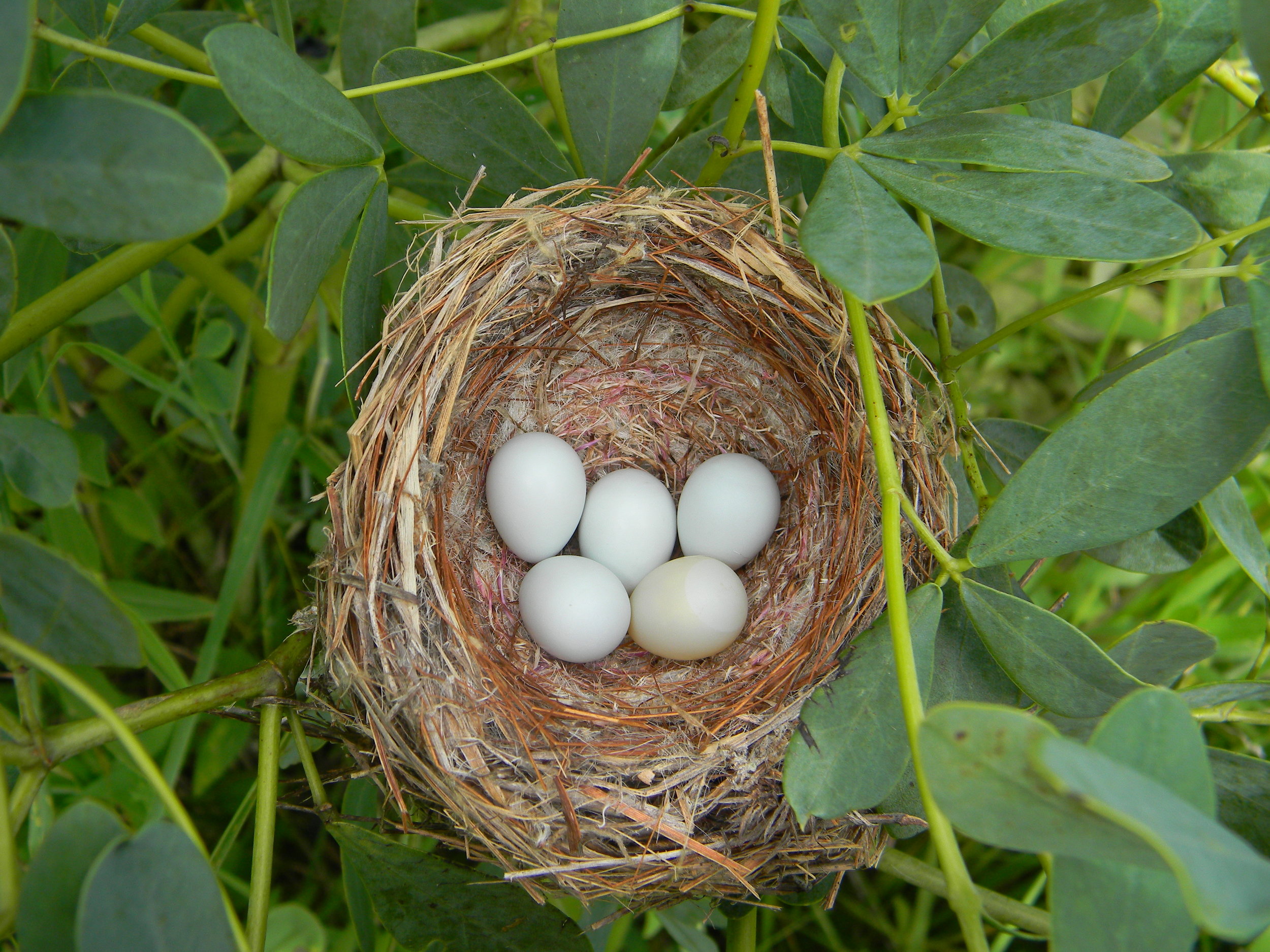Vesper, a rather antiquated word originating from the evening star, actually refers to a planet rather than a star—Venus. Wonderful integrations of this word relate in some way to the setting of the sun and the coming of night. Vesperate is a verb meaning to darken or become night. Vespertilio is a delightful 17th century word for bat. Vespering describes anything headed toward the setting sun, coined by poet Thomas Hardy. You could say the vesperate sky witnessed thousands of vespertilios vespering, while the vesper sparrows headed east, into the darkness, their chattery and cheery call complementing the peace of the setting sun.
If you did use that sentence, the most modern clause might include the vesper sparrow, as this bird name appropriately clings to the sparrow because the bird routinely sings at dusk and into the vesperate sky.
While its initial song notes resemble the song sparrow, the vesper song ends in repeated notes. You can find these repeated notes in a variety of dry, open habitats, from sand barrens to pine and oak barrens, to prairies and orchards. Because of the necessity of open ground for nesting, the vesper sparrow will often nest in agricultural fields. This sparrow is an early nester, beginning egg laying in late April to early May, however; later nesting attempts in agricultural fields may result in nest failure due to damage caused by heavy machinery.
Photo by Tom Murray
Despite its preference for open habitats across the state, the vesper sparrow has seen declines in line with other grassland bird species. In Wisconsin's second Breeding Bird Atlas, only a half dozen vesper sparrows have been confirmed nesting in the southeastern part of Wisconsin. This species is most common in the central sands, where abundant open and sparse habitats create excellent nesting opportunities.
These birds follow cold fronts during their migrating months of September and October, and now might be a good time to see vesper sparrows moving through Faville Grove Sanctuary. While these migrating birds likely won't be singing their dusk song, identification can be determined in flight with their white outer tail feathers. As these October skies see the earlier setting of the sun, you'd be unlikely to see any vespering vesper sparrows, as they instead head south to their wintering grounds of Mexico and the southern United States.
Written by Drew Harry, Faville Grove Sanctuary land steward
Cover photo by Lynnea Parker






















